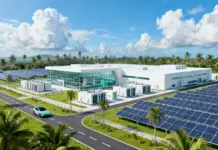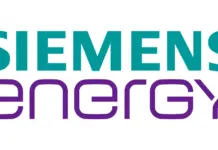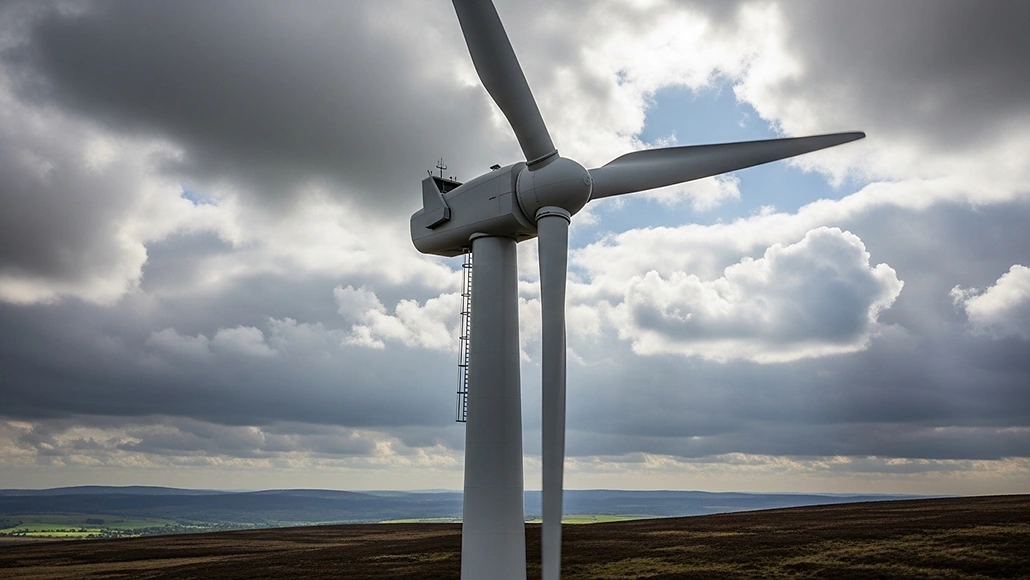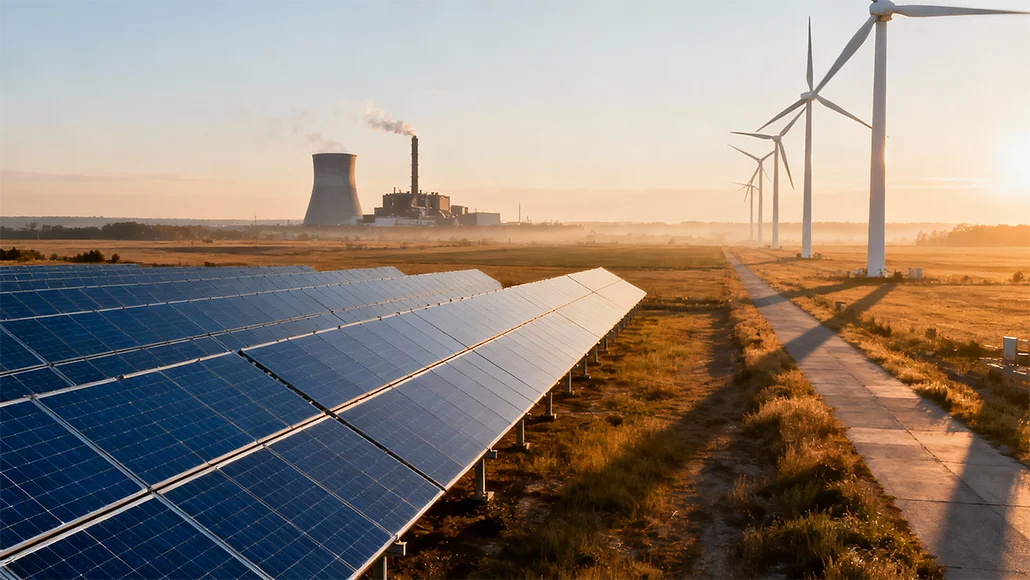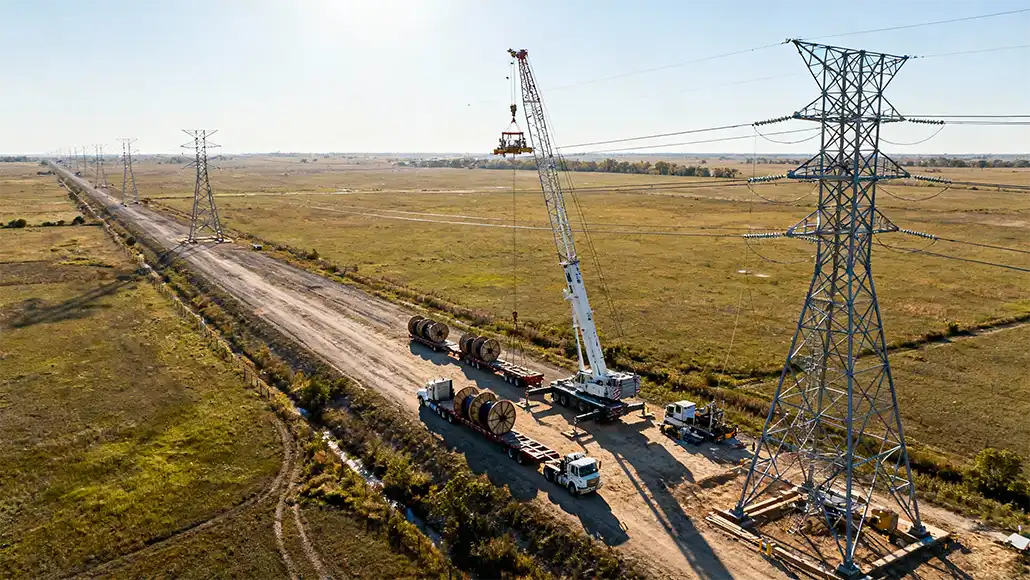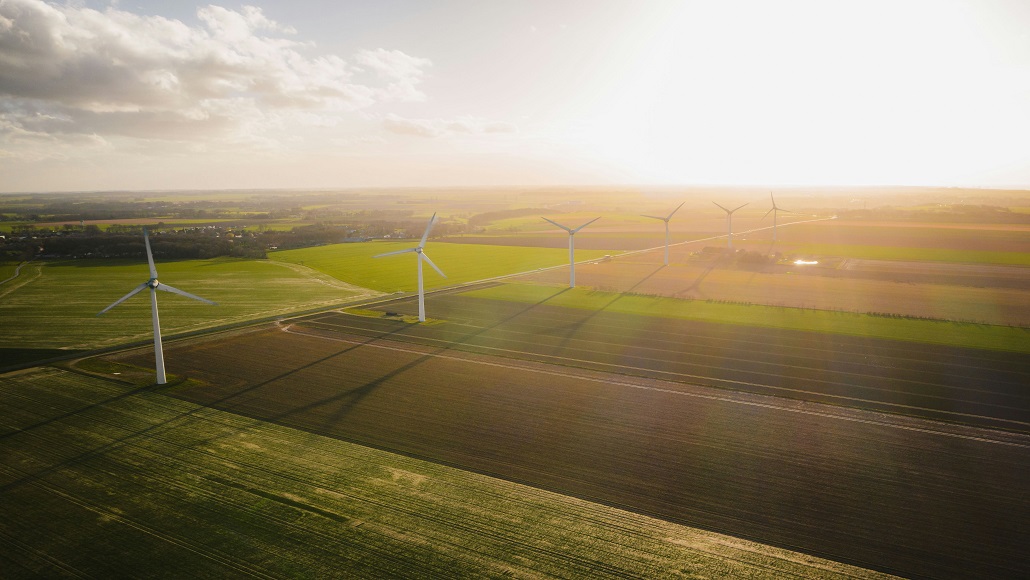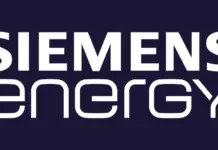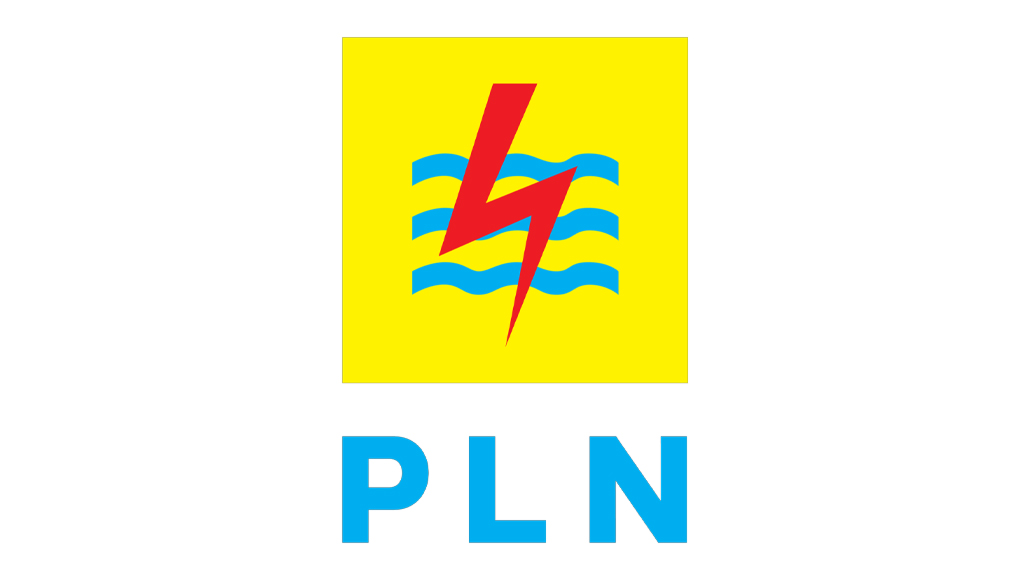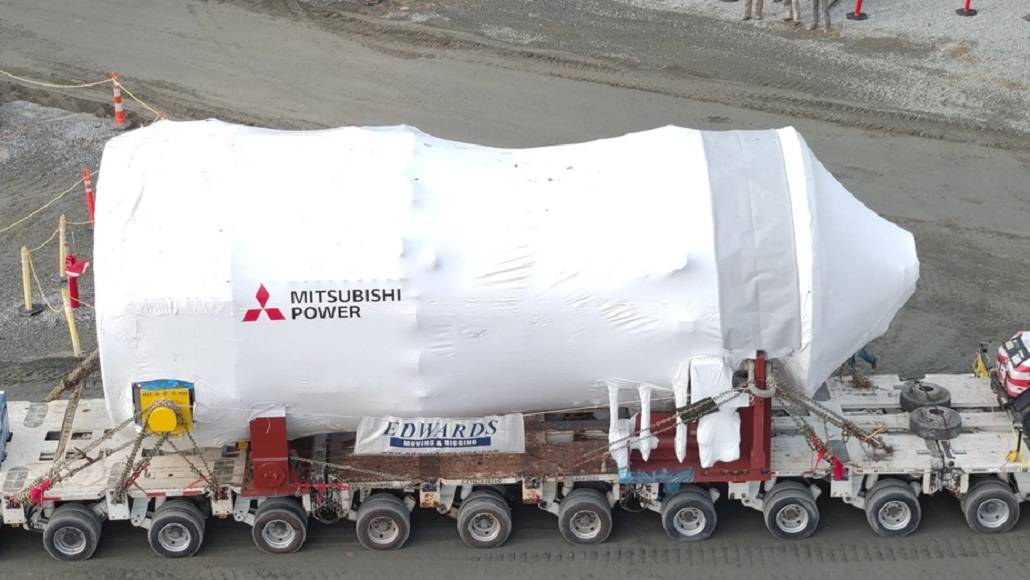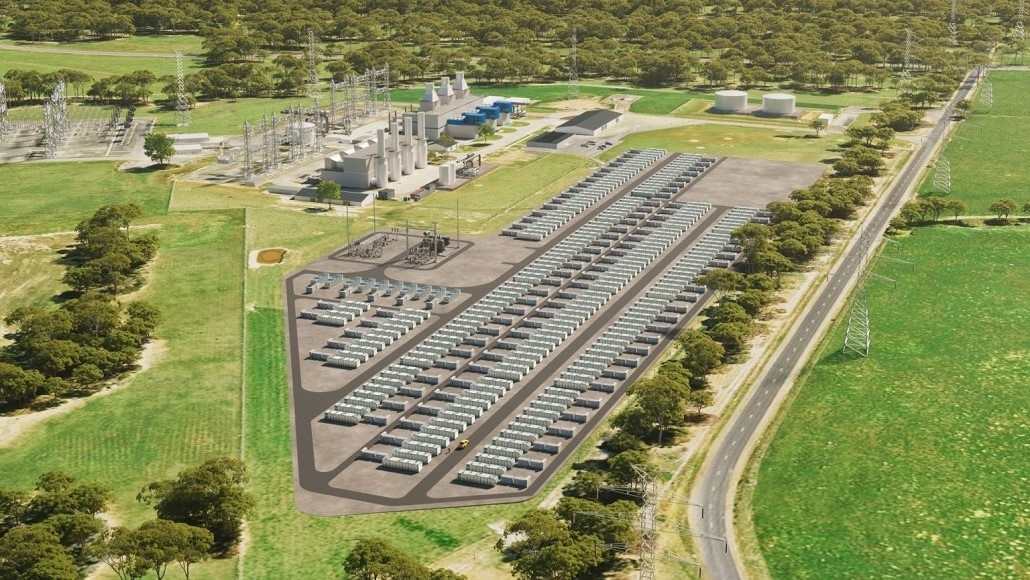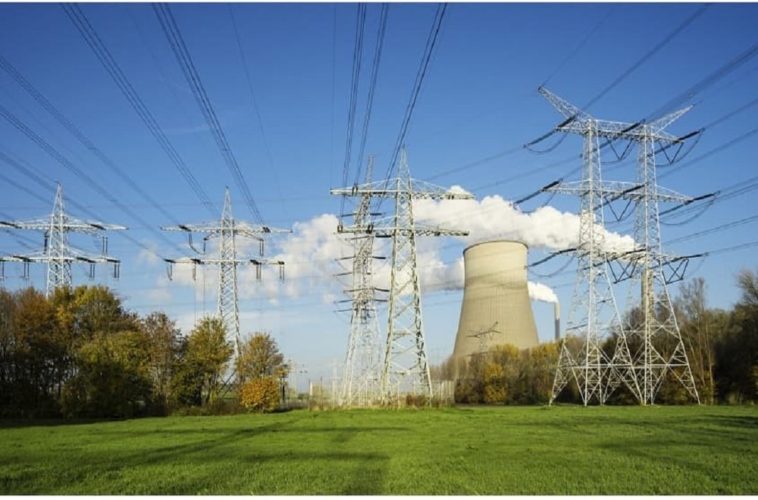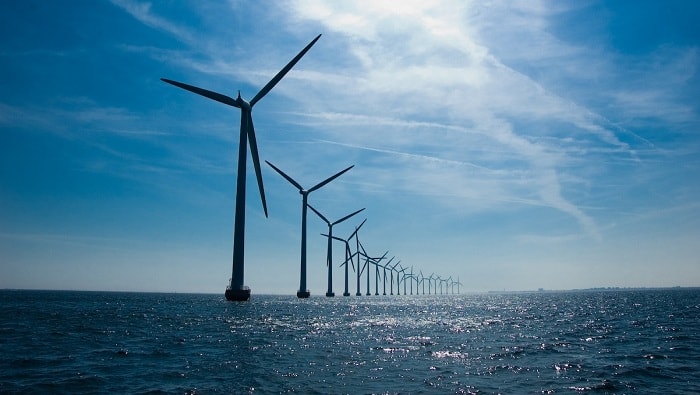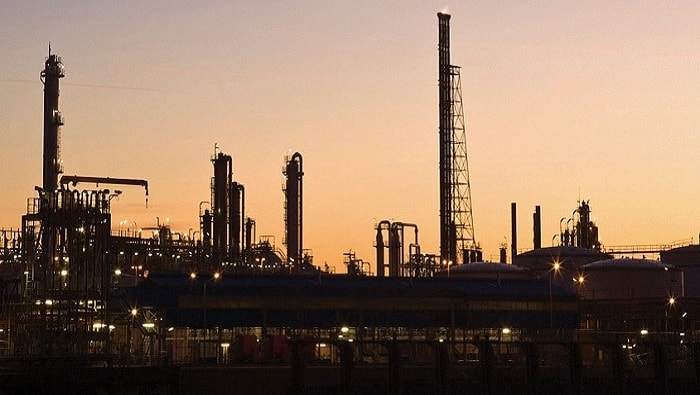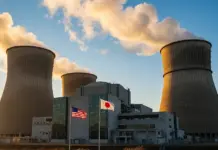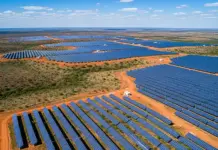China’s state-owned power producers described initiatives to develop hydrogen and wind power after their profits fell along with the price of oil in the first half, but their renewable energy projects could take years to materialize.
The tentative plans set out by PetroChina, Sinopec and CNOOC Ltd come as large global energy companies like BP are preparing to spend billions on renewable energy assets to remain relevant in a low-carbon future.
The world’s largest oil refinery, Sinopec, wants to lead China’s hydrogen push, with plans for hydrogen refueling stations alongside its East Coast gas stations, its chief executive said this week, but will act with caution. .
“It is a strategic move,” Sinopec President Zhang Yuzhuo, formerly a veteran of the coal industry, said on Monday. “But as it will not bring an immediate return for shareholders, we will proceed with caution.”
Last week, PetroChina, its largest rival, became the first Asian state-owned company to set a near-zero emissions target by 2050, while offshore oil explorer CNOOC will start its first offshore wind farm in late 2020. .
Green targets lag behind those set by large European energy companies, as Beijing’s energy policy still considers low-emission coal and natural gas as transitional fuels before a more comprehensive push for renewables.
Sinopec only said it planned to build a “certain scale” supply of high-purity hydrogen by 2025.
“It’s a small step in the right direction … The question is how quickly can they make that change,” said Neil Beveridge of Bernstein Research.
Lin Boqiang, dean of China’s Institute for Energy Policy Studies, said the promise of a hydrogen economy runs the risk of being overstated as provinces scramble for investment from Beijing.
“Since China’s renewable resources are concentrated in the northern and northwestern parts, transporting green-energy-based hydrogen to consumption centers in the east and south will be a tremendous challenge,” Lin said.
China’s demand for natural gas, which emits half the carbon dioxide of coal, is projected to rise to 15% of total primary energy consumption by 2030, driven by power generation and residential sectors.
PetroChina groups gas-fired power generation into its green investments, while CNOOC promises to increase its share of natural gas in total production to 30% by 2025 from the current 19%. Sinopec plans to double its shale gas production during the same period.
China’s fast-growing solar and wind power market, bolstered by government subsidies and falling costs, is already packed with private manufacturers and state-owned power generators, leaving limited space for oil giants to do their jobs and ecological ambitions.






